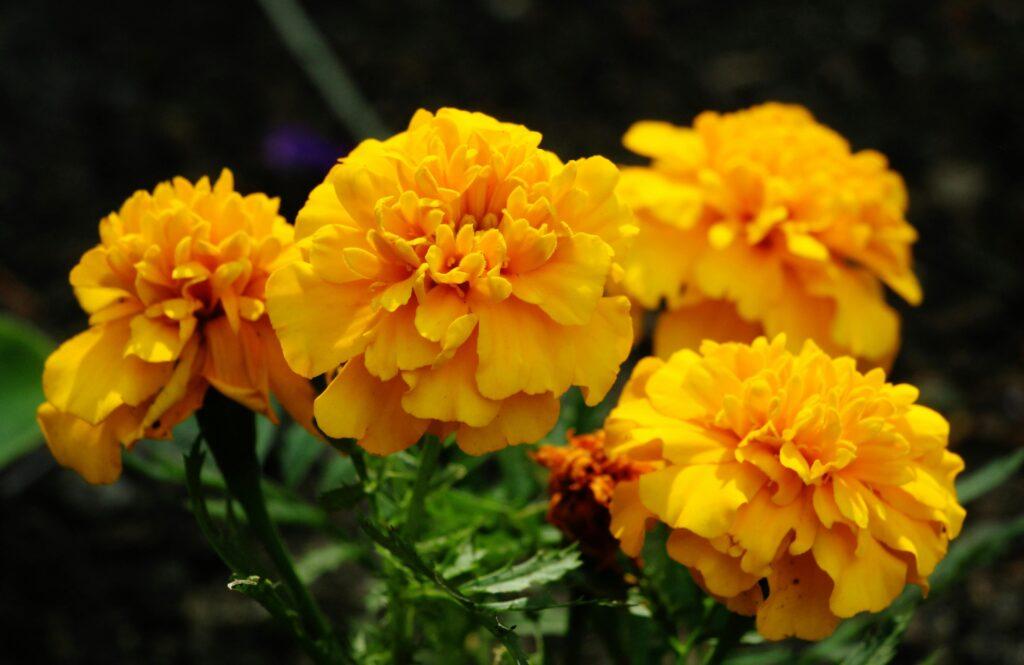Ever wondered why your skincare routine feels like it’s missing something? Maybe you’re skipping the *real* MVP of natural beauty—organic flowers! Yep, those Easter flowers sitting in vases aren’t just for decoration; they pack serious power when it comes to glowing skin and self-care.
In this post, we’ll uncover how Easter flowers can elevate your organic beauty game. From DIY floral face masks to sustainable sourcing tips, we’ll leave no petal unturned. Ready? Let’s dig in!
Table of Contents
- Why Easter Flowers Are Your New Skincare BFF
- Step-by-Step Guide to Using Easter Flowers
- Tips & Best Practices for Organic Flower-Based Beauty
- Real-Life Examples of Easter Flower Magic
- FAQs About Easter Flowers and Natural Beauty
Key Takeaways
- Easter flowers are more than decor—they’re a treasure trove of antioxidants and nutrients for your skin.
- DIY floral remedies require careful prep but offer cost-effective, eco-friendly results.
- Always source organic blooms to avoid pesticides that harm your skin and the planet.
Why Easter Flowers Are Your New Skincare BFF
Here’s the tea: Easter flowers are not all about pastel baskets and Insta-worthiness. Some varieties, like tulips, daisies, and lilies, contain potent compounds perfect for fighting inflammation, boosting hydration, or even brightening dull complexions. But wait—you probably didn’t know what I once did wrong…
Confession: Last spring, I tried slapping some daisy petals straight onto my face because “Pinterest said so.” Spoiler alert: My skin freaked out faster than my Wi-Fi during a storm. Lesson learned? Don’t wing it with Mother Nature. She needs respect and research.

Seriously though, these flowers have been used in skincare since ancient times (shoutout to Cleopatra). They’re rich in flavonoids and essential oils, making them ideal for soothing irritation and combating premature aging. Sounds like skincare goals wrapped in petals, right?
Step-by-Step Guide to Using Easter Flowers
Optimist You: “This is going to be fun AND easy!”
Grumpy You: “If only coffee grew on Easter lilies…”
Step 1: Choose Your Blooms Wisely
Not all flowers are created equal. Stick to organic options free from pesticides. Tulips, chamomile, lavender, and roses are safe bets. Avoid anything unfamiliar unless you’ve consulted an expert.
Step 2: Prepare the Flowers
Gently rinse your chosen blooms under cool water. Pat dry using a clean towel. If you’re using dried petals, ensure they’re food-grade quality to avoid toxins.
Step 3: Create Your DIY Treatment
Mix crushed petals with ingredients like honey, yogurt, or aloe vera gel for a nourishing mask. Apply evenly to your face, relax for 15 minutes, then rinse off. Voilà—glow mode activated!
Terrible Tip Alert:
DO NOT add random spices or acids (hello, lemon juice) without knowing their effects. This isn’t kitchen chemistry class—your face deserves better.

Tips & Best Practices for Organic Flower-Based Beauty
- Patch Test First: Always test any new remedy on a small area of skin before applying it everywhere.
- Store Properly: Keep dried petals in airtight jars away from sunlight to preserve freshness.
- Combine Smartly: Pair flowers with complementary ingredients like oatmeal or green tea for enhanced benefits.
Real-Life Examples of Easter Flower Magic
Rose water toners became mainstream after influencers shared stunning before-and-after photos. Meanwhile, brands like Herbivore Botanicals harness the magic of flowers in luxury skincare products. And guess what? You can DIY versions of both without breaking the bank!

Pro Tip: Check out TikTok tutorials showcasing creative ways to use Easter flowers in everyday routines. #FlowerPower trending, anyone?
FAQs About Easter Flowers and Natural Beauty
Can I Use Any Type of Flower?
Nope. Only certain flowers are safe for topical use. Stick to trusted choices like roses, calendula, or chamomile.
How Long Do DIY Masks Last?
Fresh masks should be used immediately. Dried blends stored properly can last up to three months.
Are Pesticides Really That Bad?
Absolutely. Non-organic flowers may carry harmful chemicals that irritate your skin or disrupt hormones over time.
Conclusion
Easter flowers aren’t just holiday centerpieces—they’re nature’s gift to your skincare routine. By harnessing their organic goodness, you can achieve radiant, healthy skin while staying kind to the planet. Whether you whip up a DIY mask or invest in botanically powered products, one thing’s clear: Spring has officially sprung for your beauty regimen.
And remember, friend:
Petals bloom;
Skin glows;
Eco-life flows.


